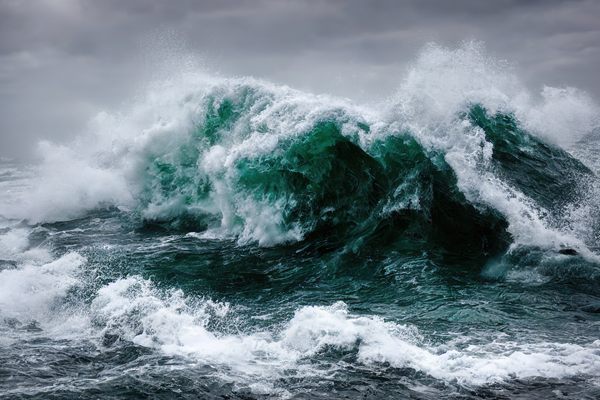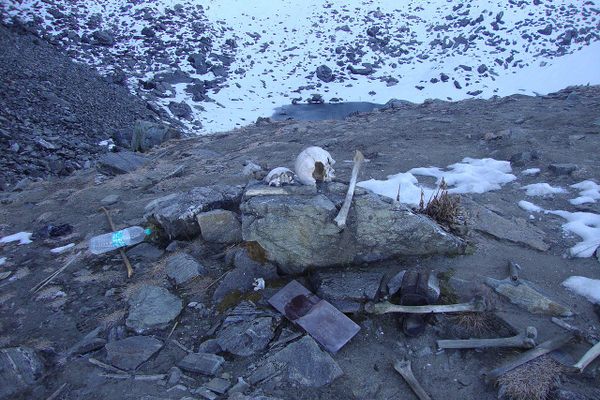Wreck of the Titanic
Fascination continues to surround one of history's most infamous shipwrecks.
Ghostly images of the Titanic’s wreckage, looming massive and upright on the seafloor, continue to compel public interest in the tragedy, and shipwreck exploration in general. Rusted and caked in silt and growth, the size and shape of the Titanic remain largely identifiable in the dark water more than 12,500 feet below the surface.
When the wreck was found, the imagery produced captivated the globe. So deep as to be essentially unreachable by conventional divers or salvage, robotic exploration devices and techniques were instrumental in finally locating and exploring the wreck.
Few shipwrecks tell such a compelling story with their very appearance. The separation of the bow and stern, cracked in half and separated by almost 2,000 feet of open ocean floor, display the violent totality of a crash of truly epic proportions. The hundreds of human artifacts scattered between them - shoes, clothes, furniture, spilled out of the ship like the contents of a looted drawer - display something else.
Public interest in the wreckage was certainly rejuvenated by James Cameron’s 1997 film, in which the wreck itself plays a starring role, but interest existed long before and after Hollywood took note. The combination of a famous disaster, a relatively modern shipwreck, and the pure inaccessability of the site have lent an enduring aura of mystery to this tragic destination.
















Follow us on Twitter to get the latest on the world's hidden wonders.
Like us on Facebook to get the latest on the world's hidden wonders.
Follow us on Twitter Like us on Facebook